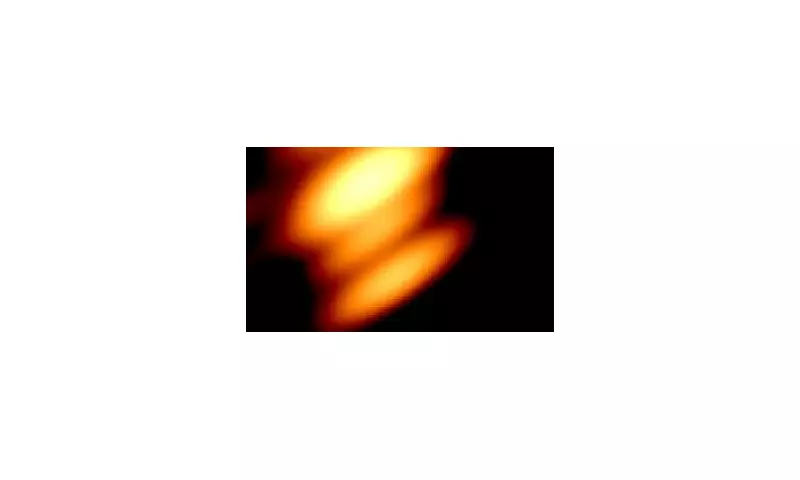
In an unprecedented astronomical breakthrough that reads like science fiction, researchers have successfully captured two supermassive black holes engaged in an intricate cosmic dance. This landmark observation provides the first direct evidence of such binary systems and opens new frontiers in our understanding of the universe's most mysterious phenomena.
The Cosmic Discovery
Using cutting-edge observational techniques across multiple wavelengths, an international team of astronomers has detected two colossal black holes circling each other in a distant galaxy. These gravitational behemoths, each containing millions of times the mass of our sun, are separated by a distance that would fit within our solar system yet exert unimaginable gravitational forces.
Revolutionary Observation Techniques
The detection required innovative approaches combining data from radio telescopes and space-based observatories. This multi-messenger astronomy approach allowed scientists to track the subtle movements over several years, revealing the precise orbital characteristics that had previously only existed in theoretical models.
Why This Discovery Matters
- Confirms long-standing theoretical predictions about binary black hole systems
- Provides crucial insights into galaxy formation and evolution
- Opens new pathways for detecting low-frequency gravitational waves
- Could explain mysterious periodic signals from distant quasars
Implications for Future Research
This discovery represents more than just a scientific curiosity—it provides a real-world laboratory for testing Einstein's theory of general relativity under extreme conditions. The orbital dynamics observed will help researchers understand how such massive objects form, evolve, and eventually merge in catastrophic collisions that ripple through spacetime itself.
The successful detection of these circling titans marks a new era in black hole astronomy, promising to unlock secrets about the fundamental nature of gravity and the evolution of cosmic structures across the universe.





